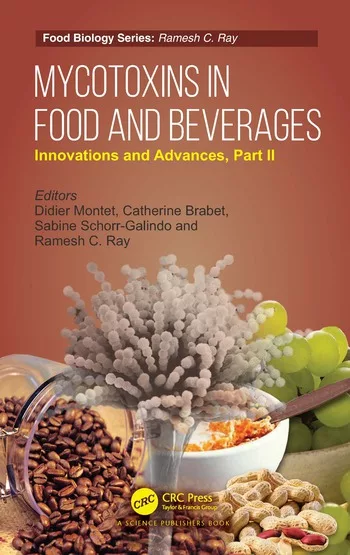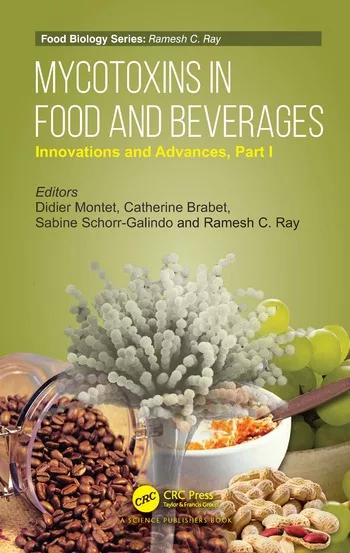Functional beverages place greater need for masking ingredients
Sugar reduction trends prompt innovative solutions

Image courtesy of Getty Images
In the 1994 comedy film “The Mask,” Stanley Ipkiss, a bank teller with low self-confidence, discovers a magical mask containing the spirit of the Norse god Loki. When Stanley puts it on he becomes a supernatural playboy exuding charm and confidence — known as The Mask — with reality-bending powers, physical imperviousness and without personal inhibitions.
Similar to Stanley’s transformation when wearing the magical mask, in the real world of beverages, masking ingredients used in beverage formulations work to transform a drink’s flavor.
“Many functional ingredients possess flavors that may not be universally appealing,” says Richard Stewart, project leader of beverage for Ingredion Inc., Westchester, IL. “For instance, vitamins and minerals often have bitter or metallic notes, protein can be astringent, and plant-based ingredients may taste grassy or green.
“It is essential to effectively mask these flavors in order to allow the true essence of the beverage to stand out and enhance the overall drinking experience,” Stewart continues.
Erik Williams, director of applications at Virginia Dare, Carteret, NJ, also notes how ingredients that provide functional benefits are often saddled with off-notes and even unpleasant flavors.
“Things like BCAAs, protein sources, herbal supplement ingredients, and caffeine all require some amount of flavor masking to make a beverage viable,” he says. “Each one comes with its own challenges in regard to how it impacts overall flavor, but as the demand grows for different kinds of functional beverages, more creative solutions are needed.”
Aside from functional beverages, sugar reduction trends also are impacting the use of masking ingredients in formulations, experts note.
“Sugar can be a useful ingredient for masking undesirable flavors in beverages. When sugar is reduced, it can disrupt the balance of the drink, causing acidity or bitterness to become more pronounced,” Ingredion’s Stewart explains. “Without sugar, the off flavors of functional ingredients may be more noticeable, necessitating the use of masking flavors to restore the beverage’s balance.”
Virginia Dare’s Williams adds that, when reducing sugar content, brands have to formulate carefully to mimic the familiar experience of sugar without compromising the overall sensory experience of the beverage.
“Similarly to functional health ingredients, this is creating an ever-growing need for flavor masking and modification,” he says
Innovative solutions
As beverage-makers increasingly look to develop products that boast a health halo effect, experts highlight how functional ingredients influence the use of masking agents.
“Even desirable ingredients like chamomile and turmeric can easily overpower a beverage’s flavor profile if not properly balanced,” Virginia Dare’s Williams says. “The strong and sometimes bitter or earthy flavors of these particular kinds of ingredients can pose a challenge during formulation. Masking flavors can help minimize these undesirable attributes for a more enjoyable and balanced sensory experience.”
Ingredion’s Stewart points to the growing demand for plant-based protein and the rising customer interest in functional ingredients as fueling the utilization of masking agents.
“Additionally, there is a growing popularity of pro- and prebiotic drinks, which often contain multiple ingredients that may produce undesirable flavors,” he says.
As far as what beverage-makers should take into account when selecting masking solutions, Stewart says that cost, regulatory status and labeling requirements are all important considerations.
Virginia Dare’s Williams notes that, when formulating with masking flavors, “developers need to understand that there is no one-solution-fits-all.”
“Working with a flavor house is crucial to finding a solution that will mask the undesirable notes without masking the desirable ones in a given application,” Williams explains. “Choosing the right characterizing flavors is also important. Often, masking flavors will minimize off-notes but not completely eliminate them. Some of the off-notes may complement the characterizing flavor profile. For example, citrus fruits and dark chocolate have an inherent bitterness.”
Ingredion’s Stewart says that, as many companies are researching and developing new natural ingredients to serve as masking agents, these “future ingredients will be multifunctional, capable of masking various sources of undesirable flavors.”
“Additionally, we are investigating how these ingredients interact with taste receptors in order to effectively block any unwanted signals,” he says.
Virginia Dare’s Williams notes how the company is continuously learning and improving processes and technologies to provide innovative solutions to its partners.
“Our new, state-of-the-art flavor creation, flavor applications, and sensory labs allow our full-time scientists to develop new ways to address complex taste challenges and perfect flavor experiences,” he explains.
As taste remains king in beverage purchases, it will be interesting to see how formulators use various tools to address technical and flavor challenges going forward.
Looking for a reprint of this article?
From high-res PDFs to custom plaques, order your copy today!








